The Role of Motion Analysis Software in Biomechanics and Coaching
The use of motion analysis software, such as 3D optical capture systems, has become increasingly popular in the world of sports. These tools provide sub-millimetric precision in measuring the movement of the human body, which can help coaches and biomechanics experts improve performance, prevent injuries, and optimize training plans.
While success in sports requires a combination of various factors, including physical condition, nutrition, equipment, and psychological stability, athletes and technical teams are constantly looking for ways to gain an edge over their opponents. Biomechanics and motion analysis software can help achieve this goal by allowing athletes to improve their movements and reduce the risk of injury.
For example, top-level figures in Spanish athletics and cycling have been advised by Mario Centeno, Head of Biomechanics at the Center of High Performance (CAR) of León, and Juan García López, Professor of Biomechanics and Dean of the Faculty of Sports Sciences at the University of León. They use a capture room with 8 cameras capable of capturing 240 FPS and 3DMA motion analysis software to monitor the biomechanical parameters of elite athletes in real-time 3D.
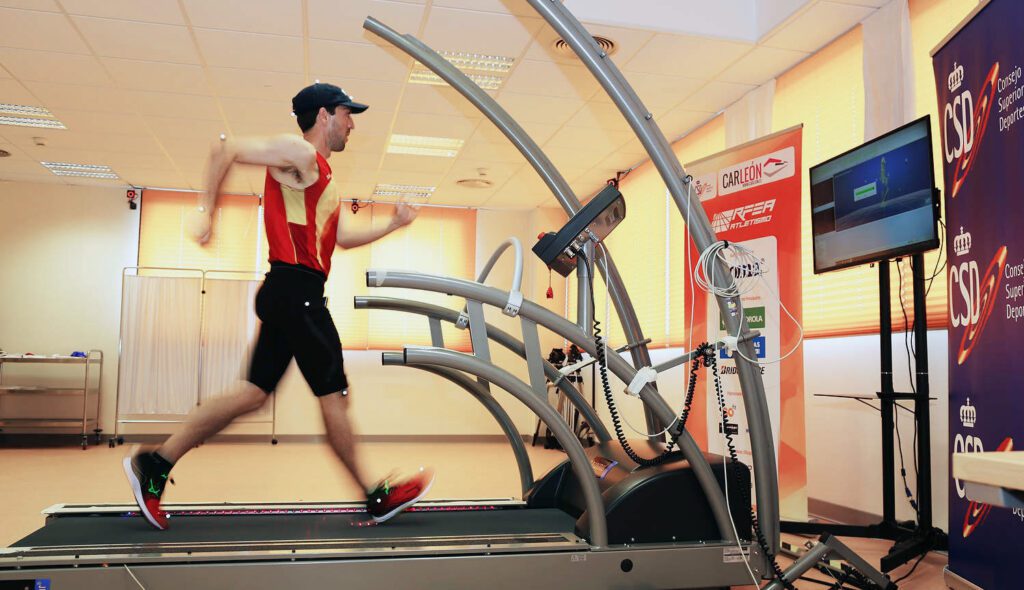
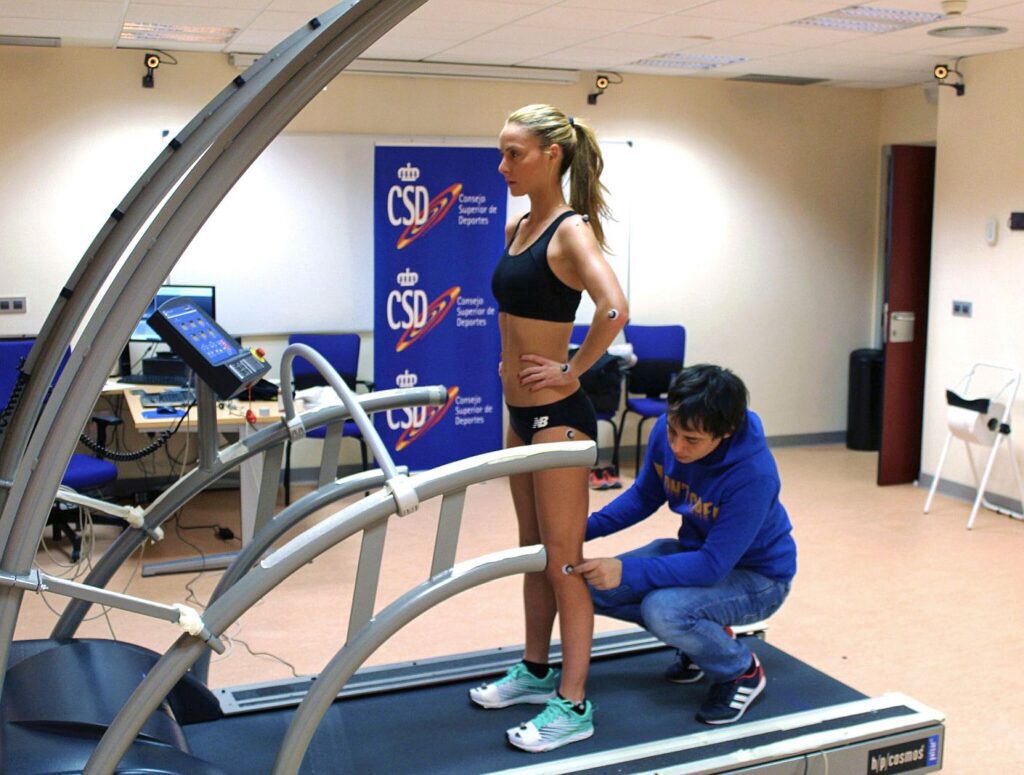
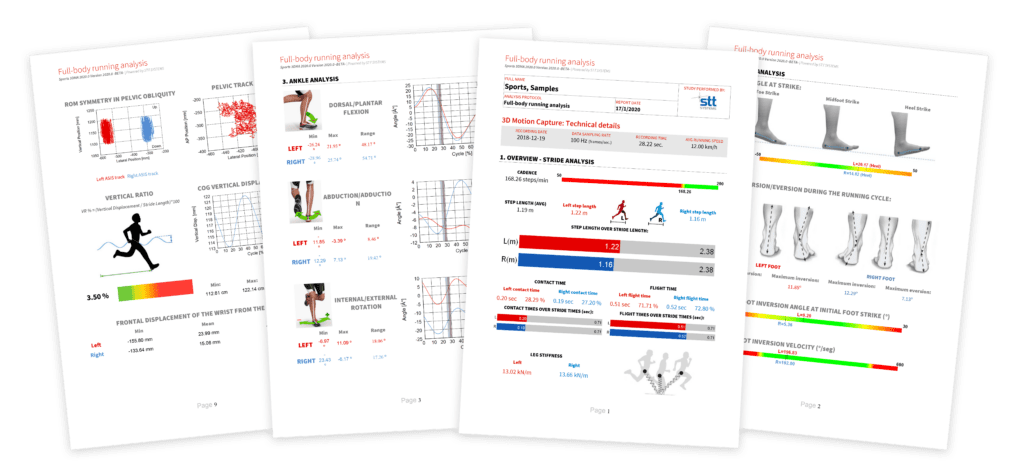
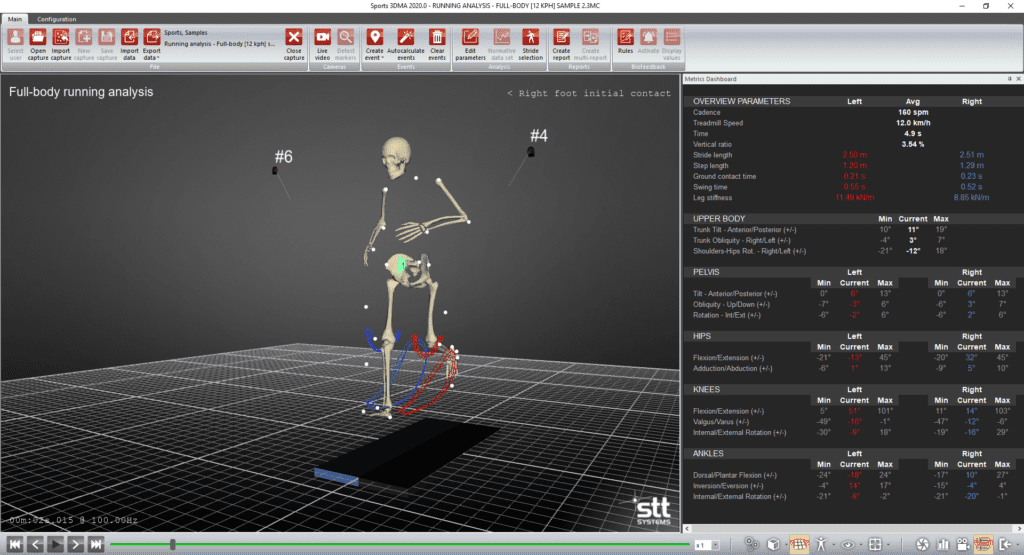
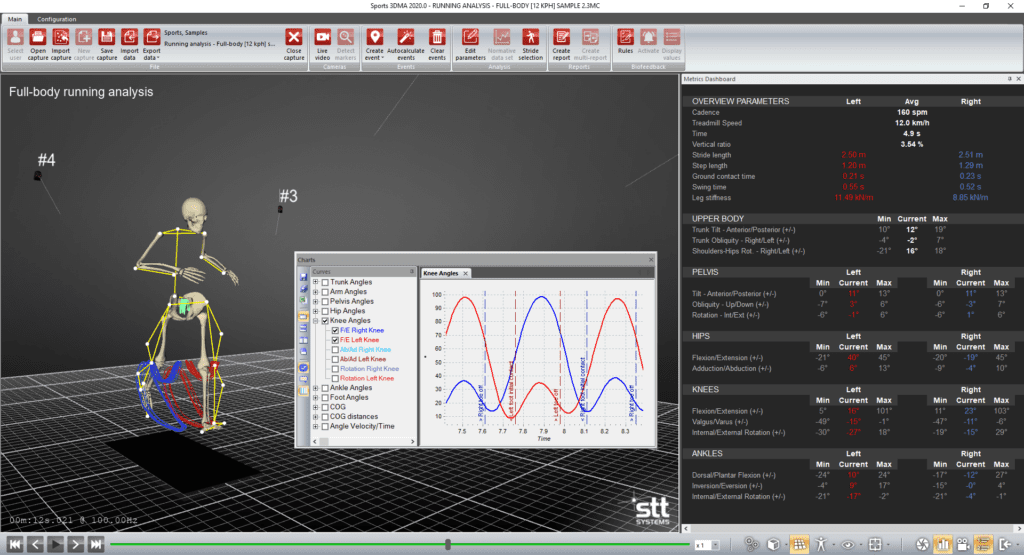
Athletes who have been analyzed in their laboratory at the CAR of León include Alvaro Martín Uriol, 2018 European champion of 20 km race walk; Diego García Carrera, current European runner-up in the 20km race walk, and Marc Tur, runner-up of Spain’s 50 km race walk. Jesús Angel García Bragado, who has participated in 7 Olympic Games and 13 World Championships, is another regular visitor to their Biomechanics Laboratory.
By using motion analysis software, biomechanics experts can identify areas where athletes can improve their movements and reduce the risk of injury. For example, Mario Centeno recounts how he and his team used the Sports 3DMA system to help an athlete improve his arm swinging range. They used the 3D system bio-feedback tool to monitor the athlete’s movement in real-time and generate a sound alarm if it did not reach the desired flexo-extension range. This helped the athlete practice and internalize the change of movement, resulting in a much more suitable range of motion and a great technical improvement.
Overall, motion analysis software has become an essential tool for coaches, sport scientists, and biomechanics experts to improve performance, prevent injuries, and optimize training plans. Its relatively simple workflow allows them to analyze various sports functions, including cycling, running, golf swing, gait, and vertical jump, providing immediate and visual results.
